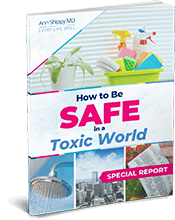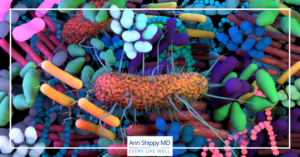
Explore our Mold resource + information hub
Tackling Mold Exposure From a Functional Medicine Perspective
Get the "Could It Be Mold?" Report
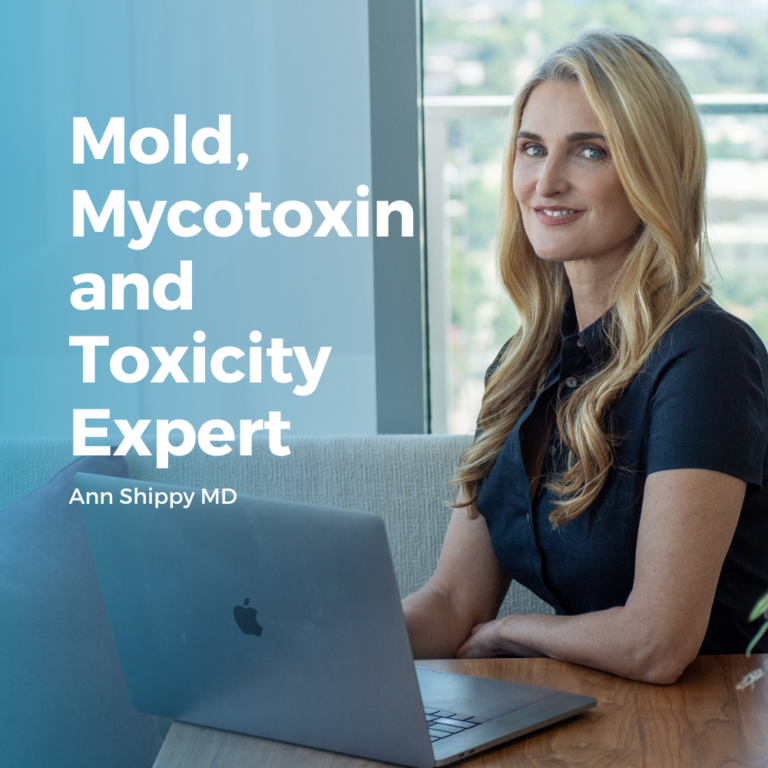
Have you been exposed to toxic mold?
Struggling on how to handle toxic mold exposure and unsure where to turn for help?
I’ve consolidated all of my mold related resources on this comprehensive MOLD HUB page.
This page includes information on…
- How to test your body and your home for toxic mold
- A free guide on how to determine if mold is causing your symptoms
- Diet, supplements and other lifestyle tools to support detoxification and healing
- My Mold Toxicity Workbook
- Articles and podcasts on toxic mold and related illnesses
- FAQ section – answers to the most common questions on mold toxicity illness
With more than ten years of expertise tackling this challenging health issue, this information will hopefully provide the resources, tools and encouragement to aid you in your journey towards recovery from mold toxicity.
Resources will update and change, so be sure to bookmark this page and check it periodically.
Reclaim Your Health and Vitality:
Toxic Mold Exposure Resources & Solutions
Sign up for my newsletter!
Free Guides, Ebook, Mold recovery KIt & More
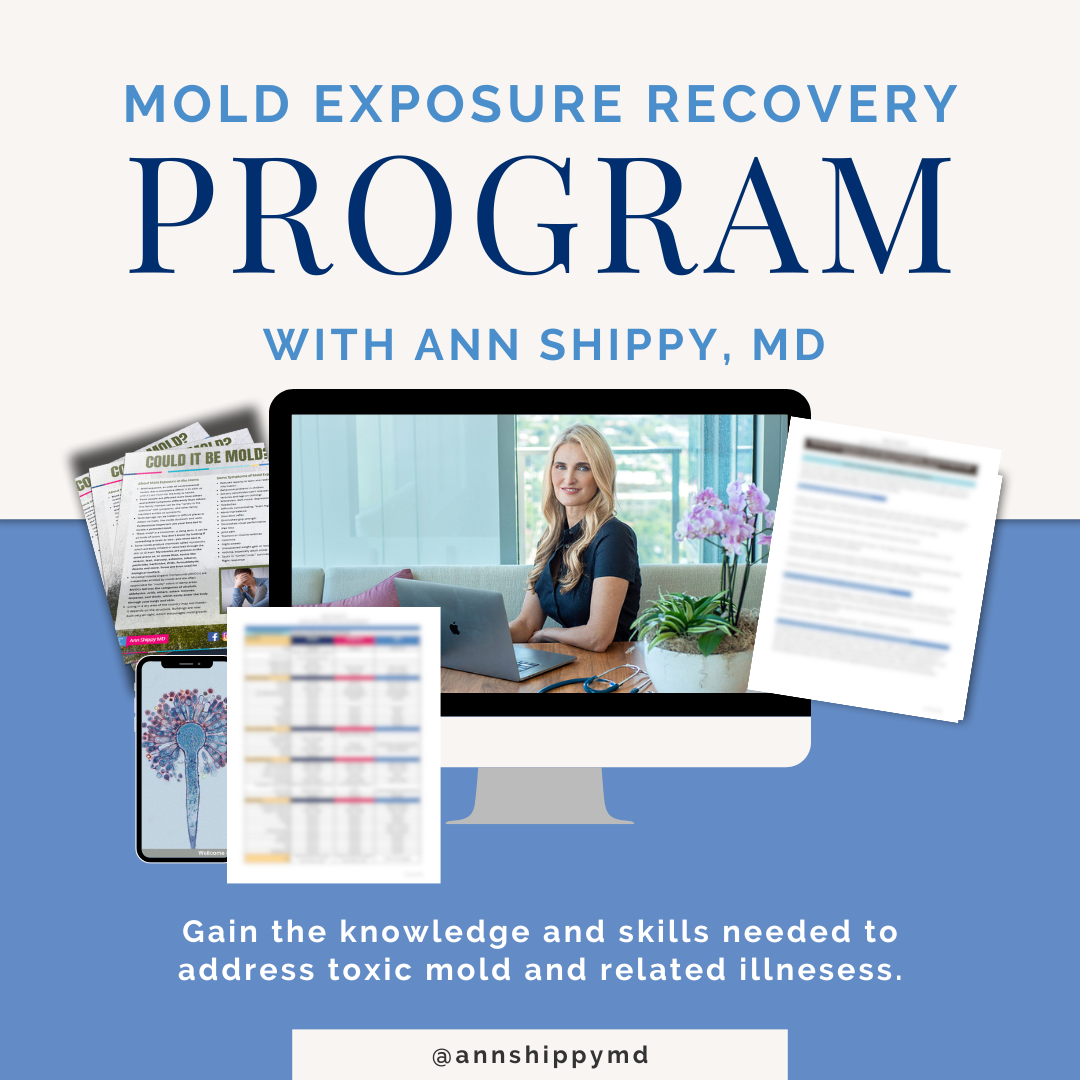
The Examined Podcast
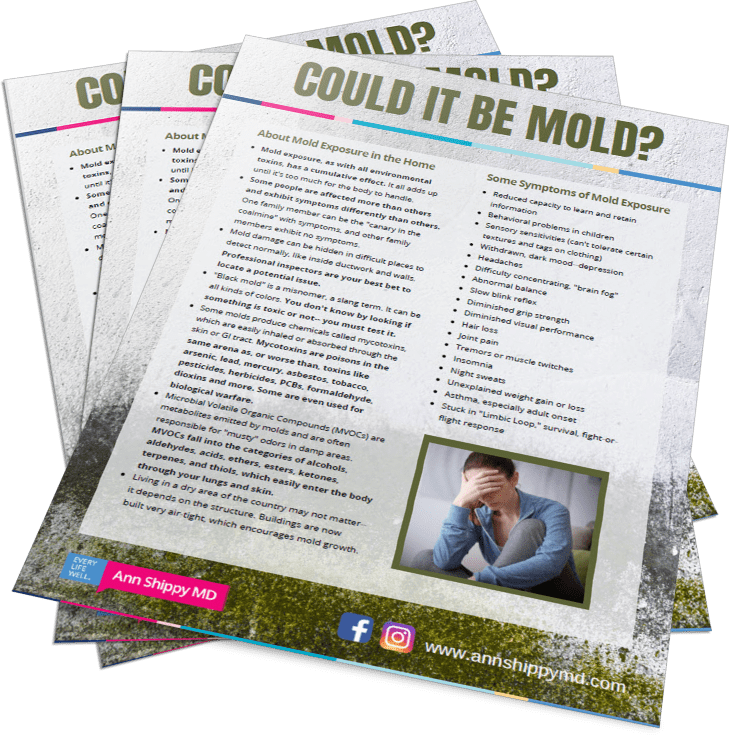
Get the "Could It Be Mold?" Report
Mold Toxicity Workbook
Low Histamine Diet

About me
I’ve been through it myself. About 12 years ago I was sick with mold toxicity from living in a moldy home. At the time I wasn’t familiar with all of the symptoms, mine were muscle weakness, and I didn’t make the connection.
Once my body and home were tested my healing journey began. My experience, although challenging, has given me immense empowerment, insight and empathy for helping others in their recovery from mold exposure.
As a mold specialist doctor, I’ve developed many toxic mold resources including Mold Detox Kits, Mold Blog Articles, I’ve been a guest at man inspiring Mold Podcasts, and even wrote an ebook, Mold Workbook.
Mold TEST Kits & functional medicine resources
Dr. Shippy's Paleo Diet
IQ AIR Purifier
DIY Labs
Articles and research on mold, mycotoxins


Toxicity Symptoms and Detoxification – Cellular Level Detox

Links Between Mold Toxicity & Cancer, Plus Functional Medicine Solutions


Toxic Mold in College Dorms + Rental Houses – Symptoms and Strategies

MOLD and MYCOTOXIN PODCASTS - LISTEN NOW

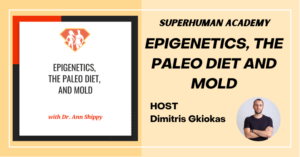
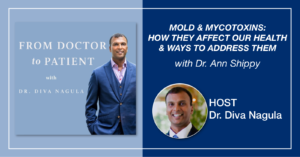
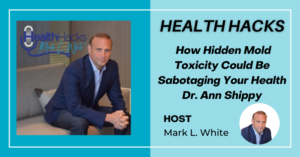
Podcast: How Hidden Mold Toxicity Could Be Sabotaging Your Health
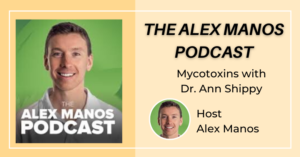
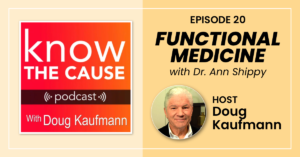
SIGN UP FOR OUR NEWSLETTER AND STAY UP TO DATE ON MOLD RESEARCH, PODCASTS, ARTICLES, PROGRAMS, TESTS AND MORE.
INNER SCIENCE RESEARCH FUND
InnerScience Research Fund is a nonprofit dedicated to funding research on the biological and physiological effects of meditation on the human body, empowering individuals to heal and thrive.
FAQS
Mold is a type of fungi that is millions of years old. It grows where there is moisture, both indoors and out. It’s a natural part of the environment in low ambient amounts but may become concentrated when there is water damage or higher humidity in a home or building.
Mold produces metabolites, some of which are called mycotoxins, many are pathogenic to plants, animals and humans.
As molds grow on various surfaces, some produce potentially toxic byproducts called mycotoxins and mVOC’s.
Mycotoxins are very small poisonous molecules that enter the body through inhalation (respiratory system), ingestion (digestive tract), or absorption (skin, nails, scalp). Currently, over 3200 mycotoxins from common molds have been identified. There are many more that remain to be identified.
The most commonly studied mycotoxins are:
- Aflatoxin
- Ochratoxin A
- Ochratoxin B
- Sterigmatocystin
- Gliotoxin
- Trichothecenes
- Chaetoglobosin A, C
- Walleminol/walleminon
- Zealarone
Certain foods including grains, dairy and nuts can be high in mycotoxins (aflatoxins).
Microbial volatile organic compounds (MVOCs) are natural byproducts generated by mold, varying in toxicity from mildly harmful to highly perilous. The presence of MVOCs, as indicated by mold-detecting technology, signifies the existence of mold.
MVOCs emit a musty, damp odor reminiscent of aged and musty structures, yet they can be detectable even when no discernible odor is present, with some having a scent detectable at concentrations as low as 0.00003 parts per million (ppm).
The specific MVOC metabolites produced depend on the mold’s types and strains, the humidity levels, and the surface on which the mold is thriving.
Toxic mold is often referred to as “black mold” however mold can vary in color and texture.
Toxic mold is often associated with a greenish-black or dark green color. However, it’s important to note that mold can come in various colors, and not all molds that are black or green are necessarily toxic.
The color and texture of mold can vary depending on the species and the conditions in which it is growing. It may appear fuzzy, powdery, or slimy and can be found in and on walls, ceilings, floors, carpets, furniture, and other surfaces including concrete.
If you suspect the presence of mold in your home, it’s advisable to have it professionally assessed and, if necessary, safely removed or remediated.
The most common symptoms experienced from mold exposure are in the respiratory tract. Correlations have been made with:
- Asthma
- Irritation to the respiratory tract and eyes
- Allergic respiratory disease
- Runny nose and Sinus congestion
- Respiratory infections including bronchitis
- Shortness of breath
- Chronic cough
These symptoms are like what one might experience from other forms of air pollution.
Mold toxicity is considered a multi-system and multi-symptom disease, affecting not only the respiratory tract and immune system, but the brain, gastrointestinal tract and other organs are greatly affected.
Some of the systemic symptoms of mold toxicity include:
- Decreased memory and concentration
- ‘Brain fog’ and poor cognition
- Depression, anxiety, OCD
- Headaches and migraines
- Visual changes
- Changes in sleep patterns
- Decreased immune resilience, frequent infections
- Decreased stress tolerance
- Fatigue
- Weakness
- Muscle cramps, fasciculations
- Joint pain and stiffness
- Light sensitivity
- Neuropathy
- Autoimmunity
- Diarrhea, nausea, abdominal discomfort
- Vertigo
If you suspect you have toxic mold in your home, it’s especially important to consult with professionals for a thorough inspection and remediation, as it can be challenging to identify and handle safely. They have the expertise and equipment to identify and assess mold issues accurately.
You may also want to do a home test kit.
Some home test kits aren’t consistently dependable. Be cautious when considering do-it-yourself settling plates and spore trap air samples, which are available at major home improvement stores, as they lack reliability and won’t provide you with a precise assessment of your indoor environment’s health.
The company that I trust and recommend for home testing is Black Mold Lab.
If mold is confirmed, take action to address the problem. This involves hiring a professional mold remediation company to safely and effectively remove and remediate the underlying moisture issue.
Routine lab work may come back “normal,” making it a hidden disease. It’s not uncommon for someone to have seen multiple practitioners, without a diagnosis or symptom relief.
I suggest testing the body for mold using a urine test. I most often recommend the Myco-Tox Profile from Great Plains Labs – order here, or ask your healthcare professional to order for you. I also use Real Time Labs Mycotoxin Urine test.
It is possible, however, to do a urine mycotoxin test and have false negative results. Some people’s bodies hold on to the mycotoxins. One way to address this is to do a ”glutathione challenge”.
Real time labs also has a test that looks at tissue samples. Some fungi/molds an also be tested through sputum, nasal washes, tissue, and stool.
There are many different protocols and treatment options including prescription antifungals, prescription nasal sprays and rinses, herbal supplements including glutathione, probiotics, antioxidants, pectasol, charcoal and other binders, special diets, infrared saunas, IV therapy, cholestyramine and others.
It is important to work with a healthcare professional who specializes in mold and mycotoxin associated illnesses, and can help you safely detox from mold toxicity.
It is important to leave the home where you are being exposed until it is tested and inspected by a certified mold environmental inspector to determine what species/type of mold you are dealing with and develop a remediation plan.
Some mycotoxins are more toxic than others, and are extremely potent. Low doses can accumulate in the body so it is recommended to eliminate mycotoxins from home.
Stachybotrys chartarum, a specific mold that produces trichothecenes, thrives on moist building materials such as sheetrock, ceiling tiles, and cardboard. These mycotoxins are arguably the most toxic among all fungal toxins, leading to a wide array of neurological, dermatological, and respiratory irritations, among other effects.
Mycotoxins must be carefully, physically removed or the home must be remediated with very specific methods by mold professionals.
Mycotoxins settle as dust particles that blow around and disperse throughout the home.
Removing yourself from the moldy environment is also one of the biggest factors in recovering. That might mean relocating while the mold is remediated or moving to a new mold-free space.
It depends on the type of mold found. When your home is infested with toxic black mold and mycotoxins, it’s crucial to address the issue promptly to protect your health.
There are several reasons why you should get rid of the carpets, furniture, curtains and other fabrics from your home (like bedding, blankets, pillows and even your clothing).
Mold and mycotoxins can easily spread to porous materials like carpets and upholstered items and can become trapped in the fibers, making it difficult to ensure that they have been adequately cleaned.
Replacing these items can help reduce the risk of ongoing exposure. Once these materials are contaminated, it’s challenging to completely remove the mold and mycotoxins, even with professional cleaning. Replacing them may be the most effective way to eliminate the source of contamination.
Mold can be persistent, especially if the underlying moisture issue isn’t resolved. Even if you clean your furniture and carpets, mold can return if the conditions that initially led to its growth are not addressed.
Mold and mycotoxins are pro-inflammatory, contributing to chronic inflammation, changes in the immune response and respiratory disease. When people are exposed to mycotoxins, either through ingestion, inhalation, or skin contact, these toxins can potentially make them sick in various ways. Here’s how mycotoxins can cause health problems:
Respiratory Issues: Mold spores, mycotoxins, mvoc’s can lead to respiratory problems such as coughing, wheezing, sneezing, nasal congestion, and throat irritation. Exposure may exacerbate existing respiratory conditions, like asthma.
Allergic Reactions: Some mycotoxins can trigger allergic reactions, similar to pollen or pet dander allergies. These reactions can include symptoms such as skin rashes, hives, watery eyes, runny nose, and sneezing.
Toxic Effects: Mycotoxins are primarily known for their toxic properties.
Gastrointestinal: Symptoms such as nausea, vomiting, diarrhea, abdominal pain, and in severe cases, liver and kidney damage.
Neurological Effects: Some mycotoxins, such as those produced by Stachybotrys chartarum (commonly known as black mold), have been associated with neurological symptoms. These can include headaches, difficulty concentrating, memory problems, mood swings, and fatigue. Mold is linked to dementia, multiple sclerosis, and autism among others.
Immunosuppression: Long-term exposure to mycotoxins may weaken the immune system’s response to infections, making individuals more susceptible to other illnesses.
Cancer: There is evidence to show that certain mycotoxins, such as aflatoxins produced by Aspergillus species, can be carcinogenic and increase the risk of developing certain types of cancer, especially liver cancer.
Start with a thorough visual inspection of your home, particularly areas prone to moisture, such as bathrooms, kitchens, near windows, basements, and areas near plumbing.
You also want to make sure that you have proper drainage in and around your home.
Preventing mold and mycotoxin exposure involves addressing any leaks or areas in the home that may cause mold to grow. Make sure that any water intrusion or leak is dried in 24-48 hours. Also keep your indoor environments dehumidified to keep humidity low (ideally close to 45%).
If you suspect mold but can’t visually confirm it, consider hiring a professional mold inspector. They have the expertise, equipment, and testing to identify and assess mold issues accurately.


